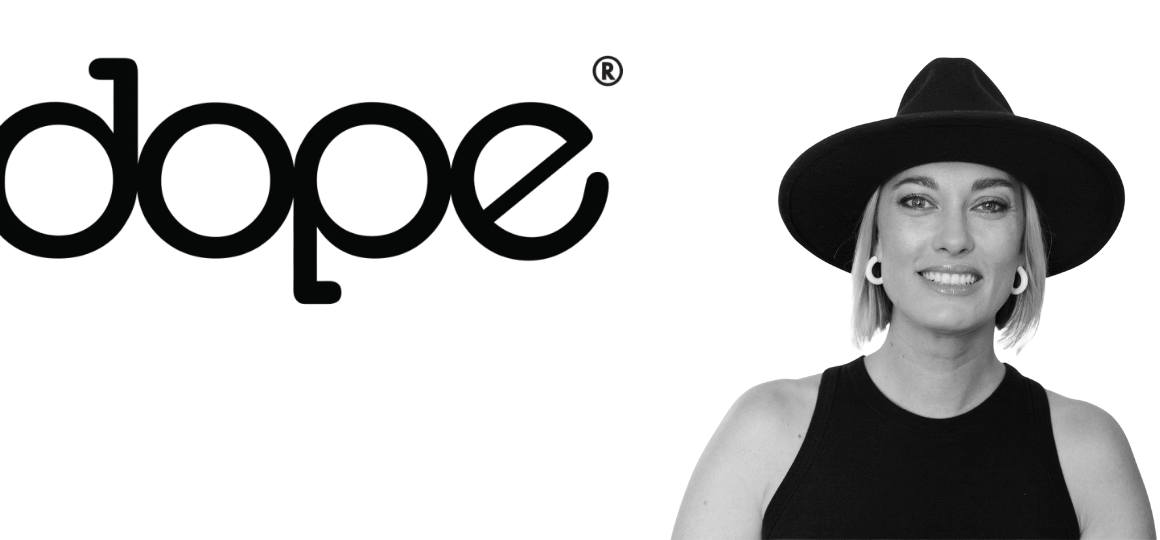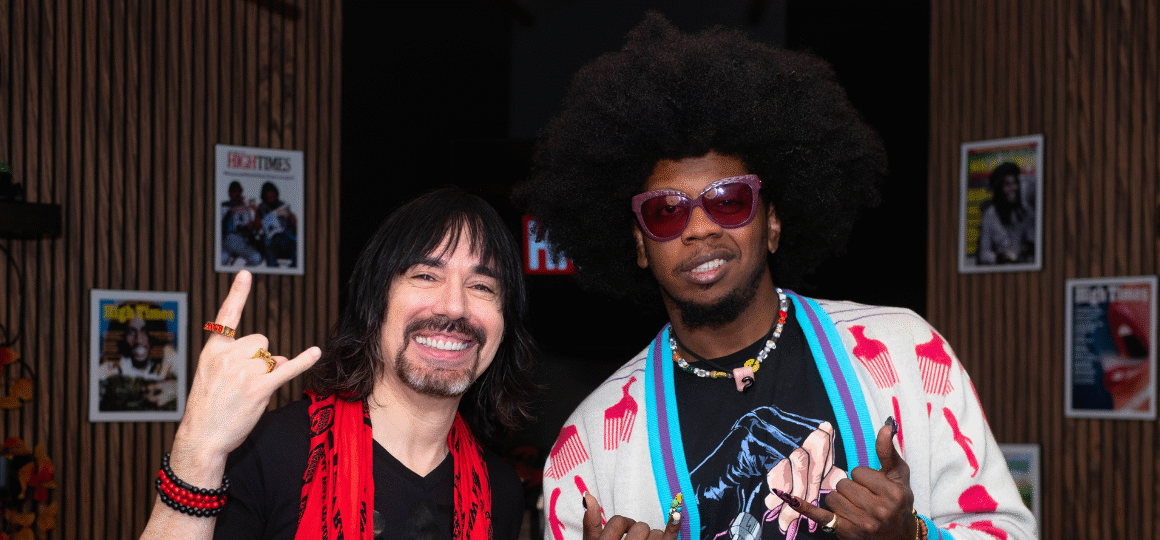The High Times Cannabis Cup has come a long way since its scrappy beginnings in 1988. Born in Amsterdam’s smoky coffeeshops and now blossoming into a global competition judged by everyday fans, the Cup’s history is as colorful as cannabis culture itself. As High Times gears up for its New York Cannabis Cup in 2025, it is the perfect time to look back on how this competition became the world championship of weed.
The Cup Takes Root in Amsterdam
Amsterdam’s tolerant cannabis culture made it the perfect birthplace for the High Times Cannabis Cup in 1988.
In late-1980s Amsterdam, High Times launched a small invitational to celebrate the best cannabis on the planet. The city’s unique tolerance system let people gather openly and judge the year’s standouts in public. In November 1988, the inaugural Cannabis Cup took place and set the tone for what would become an annual tradition. High Times’ Amsterdam retrospective captures those early days and why the format fit the moment.
That first Cup was a humble affair by today’s standards. Only a handful of Dutch seed companies entered, and a small panel of judges weighed the entries. Among the earliest voices around the Cup were High Times editor Steven Hager and longtime columnist and cultivation educator Ed Rosenthal. History was made when Skunk #1, entered by Cultivator’s Choice, took the top honors. Soon after, breeder Nevil Schoenmakers of The Seed Bank acquired Cultivator’s Choice and went on to capture the following Cups with his own work. High Times’ hybrid history outlines how those wins echoed through modern genetics.
Origin Notes: There are a few versions of how the earliest Cup moment unfolded. Some accounts describe a private judging in 1987 among a small group associated with High Times, with Ed Rosenthal involved. The publicly organized Amsterdam event that became the annual tradition took place in 1988, with Skunk #1 winning that year, and Steven Hager among the key organizers. We recognize different memories around those earliest days and present what is most consistently verifiable in print, while noting that some details are still debated within the community.
High Times in the High Country: 1990s Expansion
In the early 1990s, the Cup evolved from a niche gathering into a full-fledged cultural event. A U.S. crackdown on seed companies pushed parts of the scene further underground, and the 1991 Cup leaned into an Amsterdam coffeeshop crawl. For the first time, members of the public joined judging for coffeeshop entries. About 50 civilian judges voted that year, and the people’s pick landed. The door was open for fans to help crown champions.

Opening the judging did more than make the Cup fun. It shaped the industry. “Many coffeeshops and seed companies were made by winning the Cannabis Cup,” recalls High Times cultivation editor Danny Danko. A first-place trophy could turn an unknown breeder into an overnight draw. Amsterdam institutions like Green House and Barney’s became destination stops thanks to multiple wins and a friendly rivalry. Up-and-coming seed outfits got on the map after big results, with U.S.-based Rare Dankness and the U.K.’s Big Buddha Seeds among the success stories.
Competition also pushed innovation. The desire to win drove flavor hunts, higher potency, and better craft. The 1990s minted strains that still define the menu. White Widow clinched the 1995 Cup for Green House and reset expectations for resin. By 1998–99, Super Silver Haze ruled sativa. A decade later its citrusy offspring Super Lemon Haze made history as a back-to-back champion in 2008 and 2009. As genetics went global, the Cup kept spotlighting future classics, from Skunk #1 to Tangie in 2013.
By the mid-’90s, the Cannabis Cup was as much a cultural happening as a competition. High Times layered in a yearly salute to the movement’s architects with a Hall of Fame segment during Cup week, honoring figures whose work shaped the culture. The parties were part of the legend too. Shows at Amsterdam’s Melkweg brought hip-hop, rock, and reggae into the mix, with lineups that gave Cup nights a soundtrack fans still talk about. For many, the annual pilgrimage to Amsterdam became a high holiday.
End of an Era, Crackdowns and Change
Nothing gold stays. By the 2010s, the Amsterdam Cannabis Cup was under new pressure. On November 23, 2011, Dutch police raided the Cup expo, the first time authorities stepped into the event’s space. Cannabis was still tolerated, but a tougher political mood had taken hold. Officers enforced possession limits and seized personal stashes. No attendees were ultimately charged, but the message landed.
High Times kept the Cup in the Netherlands a little longer, yet planning got harder each year. In 2014, after 27 consecutive editions, Amsterdam’s run effectively wrapped. Stricter enforcement around drug tourism and gray-area supply made the old model harder to stage, while new legal markets in the United States were opening their doors. The Cup returned to Amsterdam for special editions in 2017 and 2018, but 2014 stands as the end of the continuous Amsterdam chapter as the spotlight shifted stateside.
The Cannabis Cup Comes to America
Before Amsterdam’s finale, the Cup had already started taking its show on the road. 2010 was a turning point. High Times launched the first U.S. events with a Medical Cannabis Cup in San Francisco. It was a natural move as America’s medical scene grew. In 2012, voters in Colorado and Washington approved adult-use. By 2014, Colorado had the first recreational shops, and in 2015 Denver hosted the first fully legal recreational High Times Cup. Adults 21 and over could attend, purchase products, and participate without a medical card. That same year a World Cannabis Cup in Jamaica brought the competition to the spiritual home of ganja.

Through the late 2010s, High Times staged Cups across legal markets from California to Colorado, Michigan, Washington, Oregon, Illinois, Nevada, and more. What began as an underground meetup in Amsterdam grew into a roadshow that mirrored legalization. Each regional Cup kept the spirit of the original while letting local scenes shine.
People’s Choice, A New Era
In 2020, the pandemic shut down large events. High Times pivoted to the People’s Choice Edition. Instead of crowded expo halls, the Cup reinvented the competition for an at-home experience and opened judging to everyday consumers via exclusive judge kits sold at dispensaries. Rather than a small expert panel, hundreds of local judges score entries from home. In statewide contests, roughly 228 judge kits per category are offered and tend to sell out fast.
The crowdsourced model democratized the Cup. Fans who never thought they would smoke a full Cup lineup now help decide who wins. Swapping concert stages for scorecards kept the competition alive and true to its roots.
2025, The Cup Comes Home to New York
In 2025, the Cup reaches another milestone. For the first time, High Times is hosting a Cannabis Cup in New York, and it is a People’s Choice edition open to the public. It is on track to be the largest People’s Choice Cannabis Cup to date. For a brand that got its start in New York in the 1970s, bringing the Cup to the Empire State feels full-circle.
As the Cannabis Cup enters its next chapter, it carries the legacy of all that came before, the early Amsterdam pioneers, the strains and personalities that defined cannabis history, and the community of enthusiasts who push it forward. From a small room of judges in 1988 to a statewide People’s Choice in 2025, the Cup reflects the broader journey of cannabis itself. Once underground, now on top of the world, and still a lot of fun. In true High Times fashion, the Cup continues to evolve without losing its cool. As New York’s People’s Choice kicks off, coffeeshop crawls give way to deli runs and tulip joints to bodega blunts. One thing remains constant. The Cannabis Cup is where cannabis history is made, one puff at a time.





